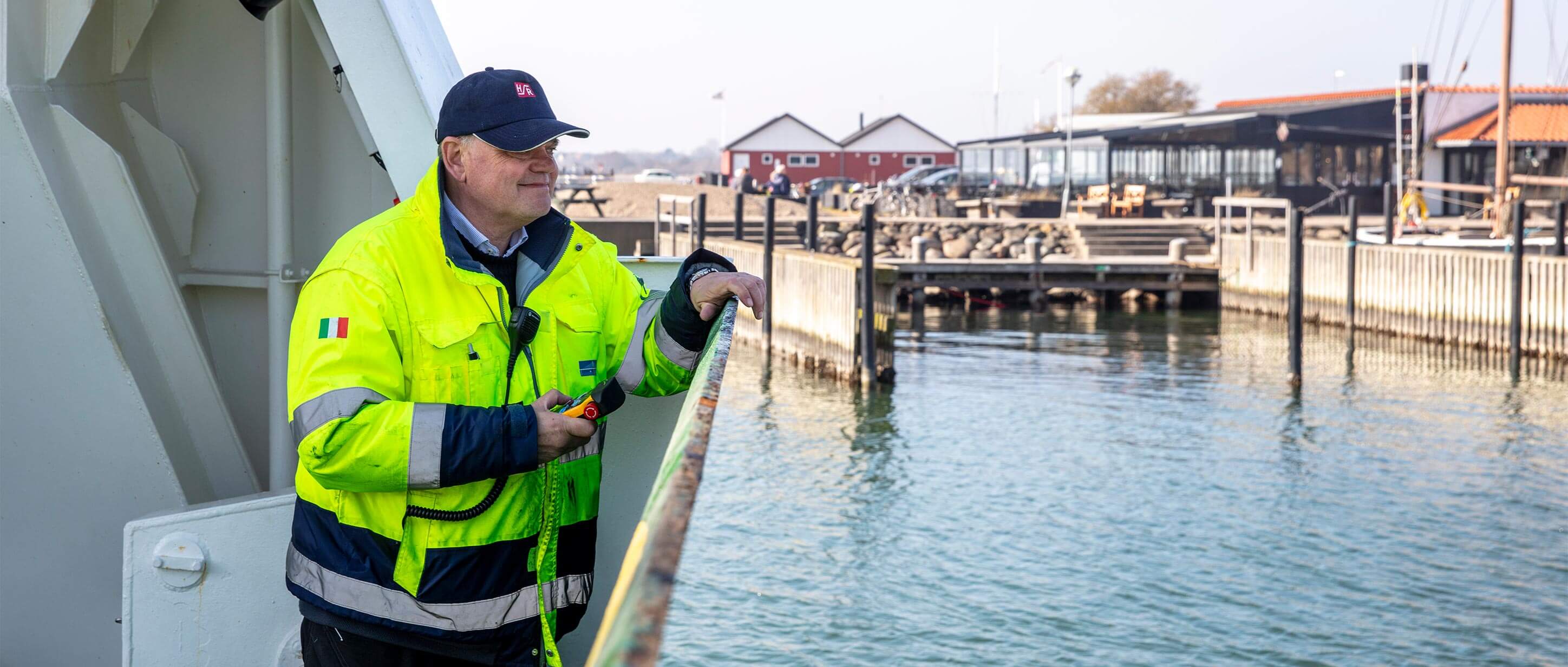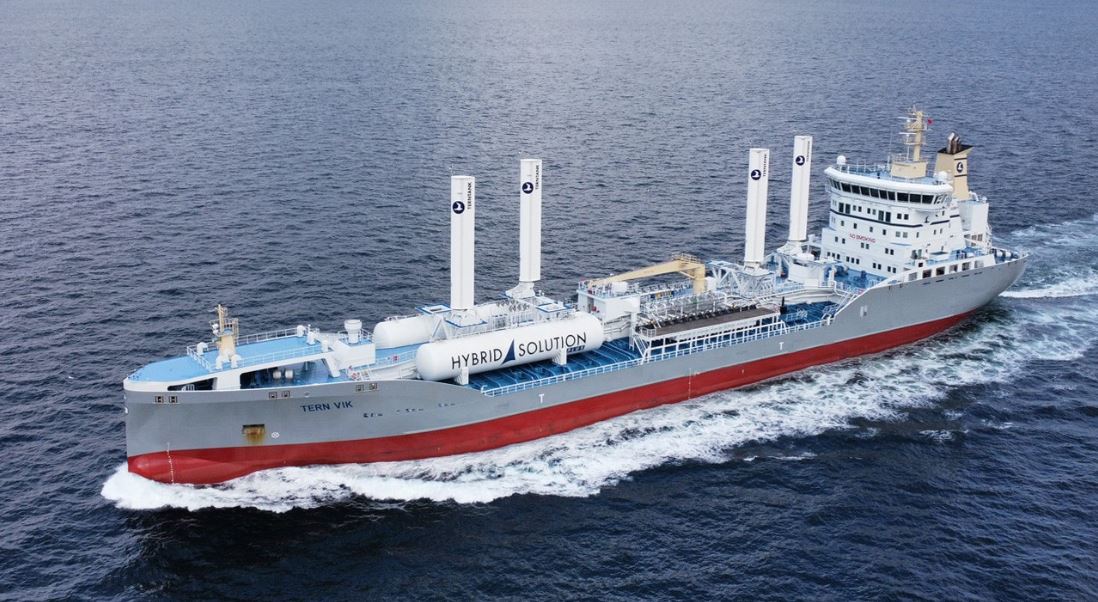For shipping company Terntank, the order for a series of new hybrid ships is not only about reducing the company's greenhouse gas emissions, but also about making everyday life easier and safer for the crews.
»As a company, we are very interested in new technology, so we are constantly looking at how we can make our work safer and easier for our crews. That is always in focus for us.«
This is how CEO of Terntank Ship Management, Claes Möller, begins his explanation of the reason why the company has invested in five new hybrid ships to supplement its existing fleet of chemical/product tankers already at its disposal.
The Danish Shipowners’ Accident Insurance Association has previously visited the vessel Ternholm in Gothenburg and talked to Captain Kristian Jönsson about checklists, risk assessments and strict procedures to maintain safety at the high level that is necessary when the cargo is made up of chemicals and petroleum products of the highly flammable kind.
This will also be the case on the five new hybrid vessels that Terntank has recently ordered. The first of these, "Tern Vik", left the shipyard in China in April and is now in operation on various routes here in Northern Europe, and the next, "Tern Land", is currently approaching our continent.
Both Tern Vik and Tern Land are equipped with dual-fuel engines, battery packs for hybrid operation, the possibility of connecting to shore power, and an automation system that integrates, calculates and optimizes the sailing based on current weather/wind conditions and destination.
As the icing on the cake, all five new builds will be able to rely on wind assisted propulsion on the open sea. Tern Vik therefore visited the Fayard shipyard in Odense in August this year to be equipped with four large wing sails, which in the future will help reduce the ship's overall energy footprint.
Terntank expects that the sails will reduce fuel consumption on the main engine by up to 10 percent. More specifically, they are of the suction wing type, which resemble the wings of an airplane, but also have five vents near the trailing edge and internal fans that help create boundary layer suction, which delivers a higher propelling force due to the improved aerodynamic performance.
»If we can see that we can save seven percent, then we are satisfied, and then we go straight on to look at how we can do it in the safest way for the crew.«
Claes Möller, CEO, Terntank Ship Management
Plenty of space means more safety
Terntank's fleet currently consists of 10 ships with three newbuilds on the way, including one vessel for delivery later this year and two to be ready in 2027. But with a history that can be traced back 120 years, building vessels is nothing new for the Danish-Swedish shipping company.
»If we look at the ships we had built in the late 90s and up through the 0s, there was an incredible amount of focus on the working environment on board. Good cabins and safe conditions on deck, where the crew did not have to come into contact with the cargo. We tried to build our way out of all potentially dangerous moments,« Claes Möller explains.
The common thread of constructing the danger away has resulted in a number of ships with very spacious outdoor areas, which, according to the CEO, not only reduce the risk of accidents but are also easier to keep clean, which in itself increases safety.
»If a fire occurs on deck, it is less likely to spread because we have removed oil residues and that sort of thing. And this also applies down in the engine room; Plenty of space means more safety,« he says.
Larger areas result in larger ships, which in turn results in higher gross tonnage for Terntank, which therefore has to pay relatively high taxes when the ships enter port. But the shipping company does not worry about that, Claes Möller emphasizes – safety is the most important factor.
»Less space on the foredeck, for example, makes it more difficult and thus riskier for the crew to handle the hawsers. So, we'd rather design some larger workspaces, and that's the basic concept for us,« he says.
When the shipping company then takes hold of new technological solutions to reduce its climate footprint, such as batteries that can replace the auxiliary engine while the ship is in port, the first step is to calculate what savings on fuel consumption it can provide.
»If we can see that we can save seven percent, then we are satisfied, and then we go straight on to look at how we can do it in the safest way for the crew. And this actually applies to all the decisions we make about the design of our ships,« Claes Möller says.
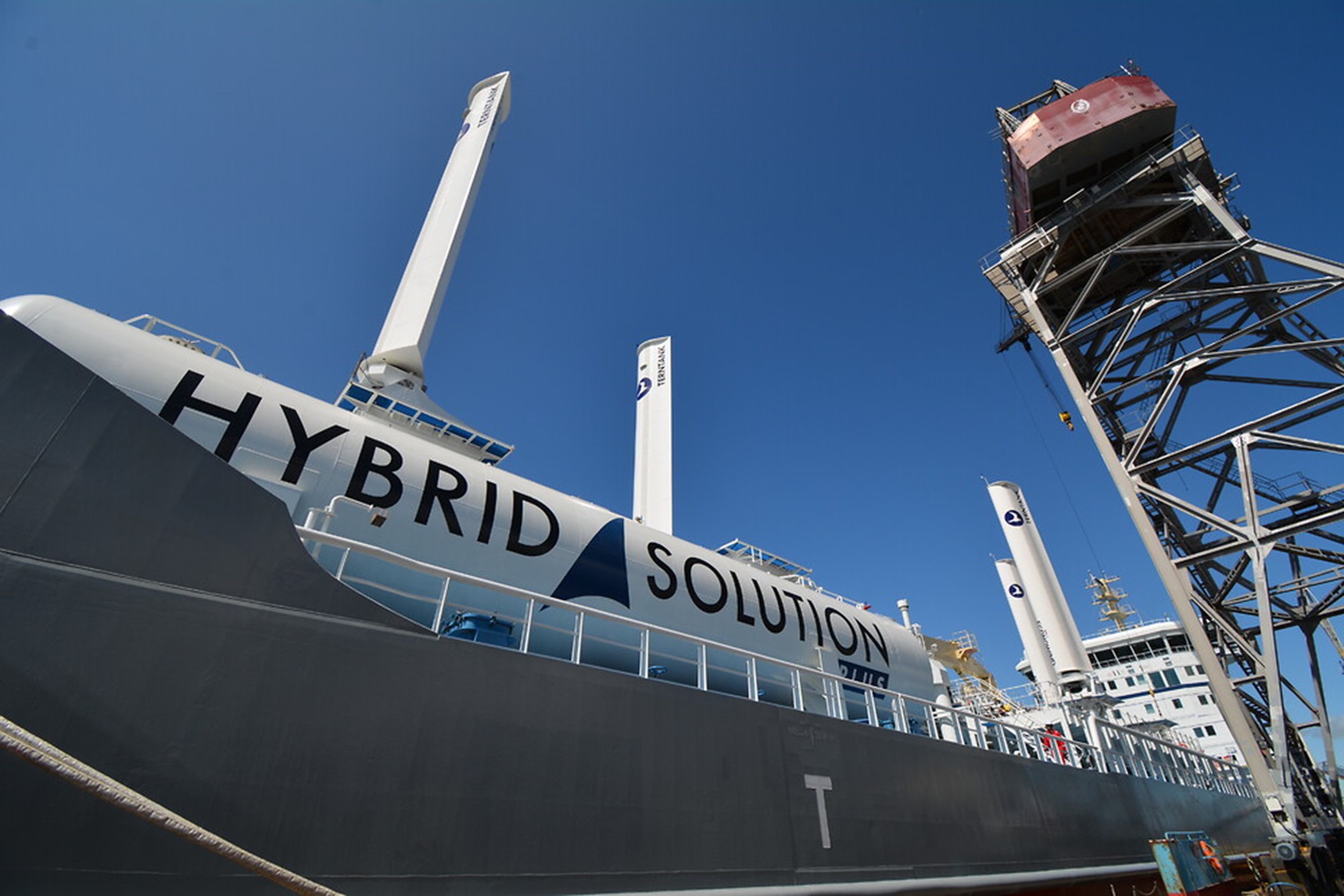
Tern Vik had the wing sails installed at the Fayard shipyard in Odense in mid-August. Photo: Fayard
No extra physical tasks from sails
Operationally, Terntank is at home in the Nordic waters, i.e. the Baltic Sea region, the Gulf of Bothnia and the North Sea up the Norwegian coast. Here, the weather is a factor that the shipping company very much inducts into the safety equation.
To protect the crew from the cold, which can reach as low as -40 degrees, both older and new vessels are designed with a pipe trunk, like the one UFDS experienced at Ternholm. Here, sailors and engineers can move back and forth for almost the entire length of the ship in plus degrees, dry weather and without wind, even if King Winter shows his teeth outside.
»I think we’ve come a long way in terms of designing safe ships for our people to work on, and therefore we have also worked in parallel with energy efficiency for many years, in fact before there was serious talk of saving fuel for environmental reasons. First it was batteries and shore power, then methanol, and now it's sails we're working on,« Claes Möller says.
As with the batteries, the shipping company has started by calculating the fuel savings on the sails, after which it is immediately a matter of the solution being simple and safe for the crew to handle. Each ship must therefore go through an initial running-in period, allowing the crew to familiarize themselves with raising and lowering the sails, in addition to the other functions.
The sails – so-called VentoFoils from the Dutch supplier Econowind – can be raised automatically from the bridge and then adjusted according to the wind direction. In other words, there are no additional physical tasks of significance associated with the use of the new sails.
When the wind is pulled through the five openings in each sail, some noise is developed, but since the sails are placed about three meters above deck level, it will not be something the crew usually notices. In fact, it will only be audible from the outside of the bridge.
Terntank's newbuilds is designed to be able to handle up to about 60 meters of wind per second, while the calculations on the wing sails show that they are usable at up to 22 meters per second. However, the updated safety procedures indicate that the crew can lower the sails as early as 17 meters per second.
»From what we hear from others who use these sails, they can actually have a slightly stabilizing effect in strong winds. A chemical tanker has a fairly high GM value, which means that it easily straightens up, but on the other hand also moves quite quickly laterally. It seems that the sails lower that value a little, so the ship moves a little calmer, and that is a positive effect on the working environment,« Claes Möller says.
In addition, procedures exist to deal with icing of the sails in winter, especially in the Baltic Sea, where they can be hit by fresh water. Terntank has also calculated scenarios such as the sails tipping over or colliding with a bridge, but the probabilities are so low – in reality non-existent – that they do not require planning.



